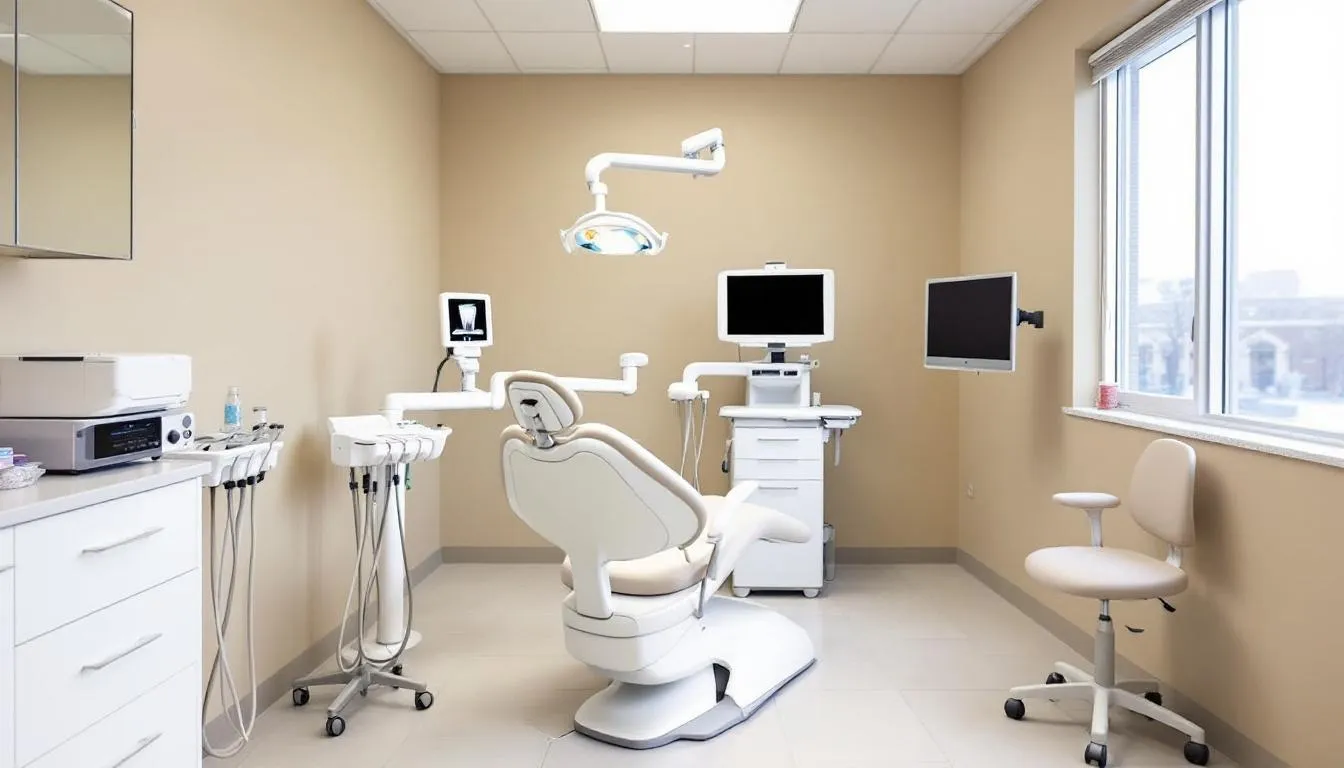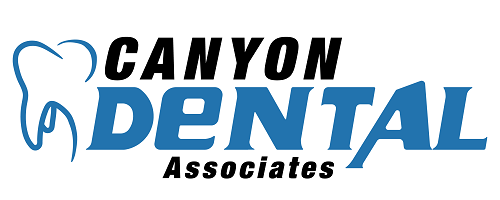Complete Guide to Types, Costs, and What to Expect
Dental procedures and treatments encompass a comprehensive range of interventions designed to maintain, restore, and enhance your oral health. From routine teeth cleanings to complex dental restoration work, modern dentistry offers solutions for virtually every dental problem you might encounter. Understanding your options empowers you to make informed decisions about your dental care.
What This Guide Covers
This comprehensive guide covers a range of dental procedures, including preventive, restorative, cosmetic, and surgical treatments. We’ll explore common dental treatments, such as fillings and dental crowns, as well as advanced procedures like root canal treatment and dental implants. Additionally, we’ll cover cosmetic dentistry options, including teeth whitening and porcelain veneers.
Who This Is For
This guide is designed for patients considering dental treatment, those planning upcoming procedures, and anyone researching their options. Whether you’re dealing with tooth decay, missing teeth, or simply want to improve the appearance of your smile, you’ll find practical information to guide your decisions.
Why This Matters
Understanding dental procedures helps you prepare mentally and financially for treatment, communicate effectively with your dentist, and maintain realistic expectations about recovery time and results. Knowledge of your options ensures you receive the most appropriate care for your specific dental problems.
What You’ll Learn:
- Types of dental procedures, from preventive to surgical treatments
- Expected costs and insurance coverage considerations
- What to expect during treatment and recovery
- How to choose the right procedures for your needs
Understanding Dental Procedures and Treatment Categories
Dental procedures are medical interventions performed by dentists to diagnose, prevent, treat, or manage diseases and conditions affecting your teeth, gums, and surrounding oral structures.
These treatments work by either preventing dental problems before they occur, repairing damage to natural teeth, or replacing missing teeth to restore full oral function. Restorative procedures are specifically designed to repair teeth that have been damaged by decay, trauma, or wear. The goal is always to preserve your natural tooth structure whenever possible while maintaining optimal oral health.
Preventive Procedures
Preventive dental care focuses on maintaining healthy teeth and gums to avoid more complex dental treatments later. Regular dental exams, professional teeth cleanings, fluoride treatments, and dental sealants fall into this category.
This connects to overall oral health maintenance because preventing dental problems is always more cost-effective and comfortable than treating existing issues.
Restorative Procedures
Restorative treatments repair or replace damaged or missing teeth using various materials and techniques. Common procedures include fillings for cavities—some of which are made from metals, such as amalgam, which contains a mixture of metals like mercury, silver, tin, and copper—dental crowns for severely damaged teeth, bridges to replace missing teeth (the success of a bridge depends on the health of the existing teeth that support it), and dental implants for permanent tooth replacement. Materials like inlays, onlays, or fillings are securely attached to the tooth using special dental bonds, ensuring a strong and natural-looking result.
Building on preventive care, restoration becomes necessary when prevention alone cannot address existing dental problems or when teeth have already sustained damage.
Transition: Understanding these broad categories helps you recognize where specific treatments fit into your overall dental care plan.
Common Dental Procedures and Treatments
Most people will need several types of dental procedures throughout their lives, ranging from routine maintenance to specific treatments for dental problems.
Routine Dental Care
A standard dental exam typically takes about an hour and includes a thorough examination of your teeth, gums, and mouth. Your dentist checks for cavities, gum disease, and other dental problems, while a dental hygienist performs professional cleaning to remove plaque and tartar buildup.
X-rays are often taken during these visits to detect issues not visible during the visual examination, such as decay between teeth or problems below the gum line.
Fillings and Bonding
When tooth decay creates cavities, dentists remove the decayed portion and fill the space with either silver amalgam or tooth-colored composite materials. Silver amalgam is durable and cost-effective for back teeth, while composite fillings match your natural tooth color for a more aesthetic appearance.
Bonding uses tooth-colored plastic material to repair chipped teeth, close gaps, or improve the appearance of discolored teeth. Unlike fillings that fill cavities, bonding adds material to the existing tooth surface.
Crowns and Bridges
A dental crown covers an entire tooth when it’s too damaged for a simple filling. Crowns can be made from porcelain, metal, or ceramic combinations, with porcelain providing the most natural appearance for front teeth.
Bridges replace one or more missing teeth by anchoring artificial teeth to surrounding teeth or dental implants. This solution restores both function and appearance while preventing other teeth from shifting into the empty space.
Key Points:
- Routine care prevents most serious dental problems
- Fillings address decay while bonding improves appearance
- Crowns and bridges restore severely damaged or missing teeth
Transition: When common procedures aren’t sufficient, more advanced treatments may be necessary.
Dental Treatments for Specific Issues
Every smile tells a unique story, and today’s gentle dental care is designed to address each family member’s specific oral health needs with comfort and confidence. Whether you’re concerned about missing teeth, tooth decay, crooked teeth, or gum health, modern family dentistry provides caring solutions to restore your natural smile, enhance your appearance, and help you maintain excellent oral health for years to come.
**Replacing Missing Teeth:**Missing teeth don’t have to compromise your smile or your confidence. Dental implants offer a wonderful way to replace missing teeth, providing results that look, feel, and function just like your natural teeth while supporting healthy jawbone. Bridges and carefully crafted dentures, including full and partial options, are also excellent choices for restoring your beautiful smile and preventing your remaining teeth from shifting into unwanted positions.
**Treating Tooth Decay and Damaged Teeth:**Tooth decay remains one of the most common concerns families face, but modern gentle dentistry makes treatment comfortable and effective. Small cavities can be beautifully restored with fillings—using either traditional materials or natural-looking tooth-colored options that blend seamlessly with your smile. When decay is more extensive or teeth are broken, dental crowns provide a strong, attractive solution that restores both the tooth’s appearance and function. If the inner tooth structures are affected, gentle root canal therapy can save your natural tooth and provide lasting pain relief. Whether you’re dealing with cracked or chipped teeth, today’s advanced restorative dentistry treatments, including crowns, bonding, and veneers, can restore your smile’s natural beauty.
Cosmetic dental treatments are designed to help you feel more confident about your smile while maintaining your oral health. Professional teeth whitening can dramatically brighten your smile in a comfortable, safe environment. Porcelain veneers—ultra-thin, custom-crafted shells that bond to your front teeth—can beautifully correct chips, cracks, and discoloration for a stunning transformation. Dental bonding offers another gentle option for enhancing minor imperfections and creating the beautiful, natural-looking smile you deserve.
Correcting Crooked Teeth and Alignment Issues:Orthodontic care is the key to achieving straight, properly aligned teeth that benefit both your appearance and your oral health. Today’s orthodontic options, including traditional braces and clear aligners, gently guide teeth into their ideal positions with greater comfort than ever before. Addressing alignment concerns not only creates a more confident smile but also makes maintaining excellent oral hygiene much easier for long-term dental health.
Managing Wisdom Teeth and Other Oral Health Concerns:Wisdom teeth typically appear during the late teens or early twenties and can sometimes create challenges like overcrowding, discomfort, or infection risk. Gentle wisdom tooth removal is a common procedure that helps prevent these complications while ensuring your comfort throughout the process. Gum health issues can be effectively managed with professional deep cleanings, targeted treatments, or gentle surgical options when needed. Protecting your gums and maintaining healthy gum tissue are essential foundations for your overall oral wellness.
**Preventive Care and Early Detection:**Regular dental visits and professional cleanings are your family’s best defense against common dental problems, allowing for early detection when treatments are simpler and more comfortable. Advanced diagnostic tools help identify potential concerns like hidden decay or gum issues before they become painful problems. Protective treatments like fluoride applications and dental sealants can strengthen tooth enamel and reduce decay risk, especially for the back teeth that work hardest during chewing.
Customized Solutions for Every Patient: Today’s family dentistry offers an impressive range of gentle procedures to repair, restore, and replace teeth using advanced materials and techniques. Whether crafting custom crowns, placing comfortable implants, or creating perfectly fitted dentures, modern dental technology ensures beautiful, functional results. From treating a simple cavity to replacing a single tooth or transforming an entire smile, your dental team can recommend the most appropriate, comfortable treatment options to meet your specific needs and help you maintain a healthy, confident smile for life.
By addressing your family’s dental concerns with gentle, personalized care, you can enjoy excellent oral health, feel confident about your smile’s appearance, and experience the lasting benefits that come with comprehensive, modern dental treatment.
Advanced Dental Treatments and Specialized Procedures
Complex dental problems often require specialized procedures that may involve multiple visits and longer recovery periods.
Step-by-Step: Root Canal Treatment
When to use this: Root canal therapy becomes necessary when the blood or nerve supply inside a tooth becomes infected due to deep decay, repeated dental procedures, or trauma.
- Diagnosis and Anesthesia: Your dentist takes X-rays to assess the tooth and administers local anesthesia to ensure comfort during the procedure.
- Access and Cleaning: A small opening is made in the tooth crown to access the infected pulp chamber and root canals, which are then thoroughly cleaned and disinfected.
- Filling and Sealing: The cleaned root canals are filled with a biocompatible material and sealed to prevent future infection.
- Restoration: A dental crown is typically placed over the treated tooth to restore its strength and protect it from future damage.
Comparison: Dentures vs Dental Implants
| Feature | Dentures | Dental Implants |
|---|---|---|
| Cost | Lower initial cost | Higher upfront investment |
| Durability | 5-10 years typical lifespan | Can last 20+ years with proper care |
| Maintenance | Daily removal and cleaning | Brush and floss like natural teeth |
| Comfort | May slip or cause sore spots | Feel and function like natural teeth |
| Jaw Bone | No stimulation, bone loss continues | Stimulates jaw bone, prevents deterioration |
Dentures, also known as false teeth, are removable appliances used to replace missing natural teeth. Dental implants offer superior long-term value and functionality, while dentures provide an affordable solution for patients who aren’t candidates for implant surgery or prefer a removable option.
Transition: Beyond restorative treatments, many patients seek procedures to enhance their smile’s appearance.
Cosmetic and Orthodontic Procedures
Cosmetic dentistry focuses on improving the appearance of your teeth and smile, often combining aesthetic goals with functional improvements.
Teeth Whitening and Veneers
Professional teeth whitening can lighten your natural teeth by several shades using safe, effective bleaching agents applied under controlled conditions. Results typically last 1-3 years, depending on your habits and lifestyle choices.
A veneer is a thin, custom-made, tooth-colored shell made from porcelain or similar materials that covers the front surface of a tooth. Porcelain veneers are thin layers of custom-made porcelain bonded to the front surface of your teeth. They can address multiple cosmetic concerns, including discoloration, chipped teeth, gaps, and minor alignment issues, in a single treatment.
Orthodontic Treatment Options
Traditional metal braces use brackets and wires to gradually move crooked teeth into proper alignment over 18-36 months. They’re effective for complex cases and work well for patients of all ages.
Clear aligners offer a more discreet option for mild to moderate alignment issues, using a series of custom-made plastic trays that you change every 1-2 weeks. Most people find them more comfortable and convenient than traditional braces.
Transition: While planning any dental procedure, patients commonly face several concerns that can be addressed with proper preparation.
Common Challenges and Solutions
Understanding potential obstacles helps you prepare for a smoother dental treatment experience.
Challenge 1: Dental Anxiety and Fear
Solution: Many dentists offer sedation options ranging from nitrous oxide (laughing gas) to oral sedation for anxious patients. Communicate your concerns with your dental team so they can adjust their approach and provide appropriate comfort measures.
Challenge 2: Treatment Costs and Insurance Coverage
Solution: Discuss all costs upfront and explore payment options, including dental financing plans. Many practices offer payment plans that spread costs over several months, making expensive procedures more manageable.
Challenge 3: Recovery Time and Aftercare
Solution: Follow all post-procedure care instructions carefully and ask your dentist about expected recovery timelines. Most routine procedures require minimal downtime, while surgical procedures may need several days to weeks for complete healing.
Transition: With proper planning and realistic expectations, dental procedures can significantly improve your oral health and quality of life.
Conclusion and Next Steps
Modern dental procedures offer effective solutions for virtually every oral health concern, from maintaining healthy teeth through preventive care to completely restoring function and appearance with advanced treatments. The key to successful treatment lies in choosing procedures appropriate for your specific needs, budget, and lifestyle.
To get started:
- Schedule a comprehensive dental exam to assess your current oral health and discuss treatment options
- Review your insurance coverage and explore payment options for recommended procedures
- Prepare a list of questions about any recommended treatments, including expected outcomes and recovery requirements
Related Topics: Consider exploring emergency dental care options, pediatric dental procedures for family members, and maintenance requirements for any restorative work you receive.



